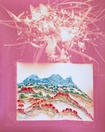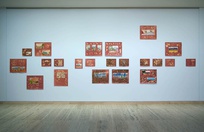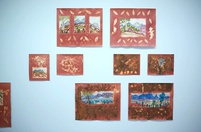Selma Nunay Coulthard, Noreen Hudson, Clara Inkamala, Reinhold Inkamala, Vanessa Inkamala & Gloria Pannka from Iltja Ntjarra Many Hands Art Centre
Central Desert region
2019
Displayed 2019 at Art Gallery of New South Wales
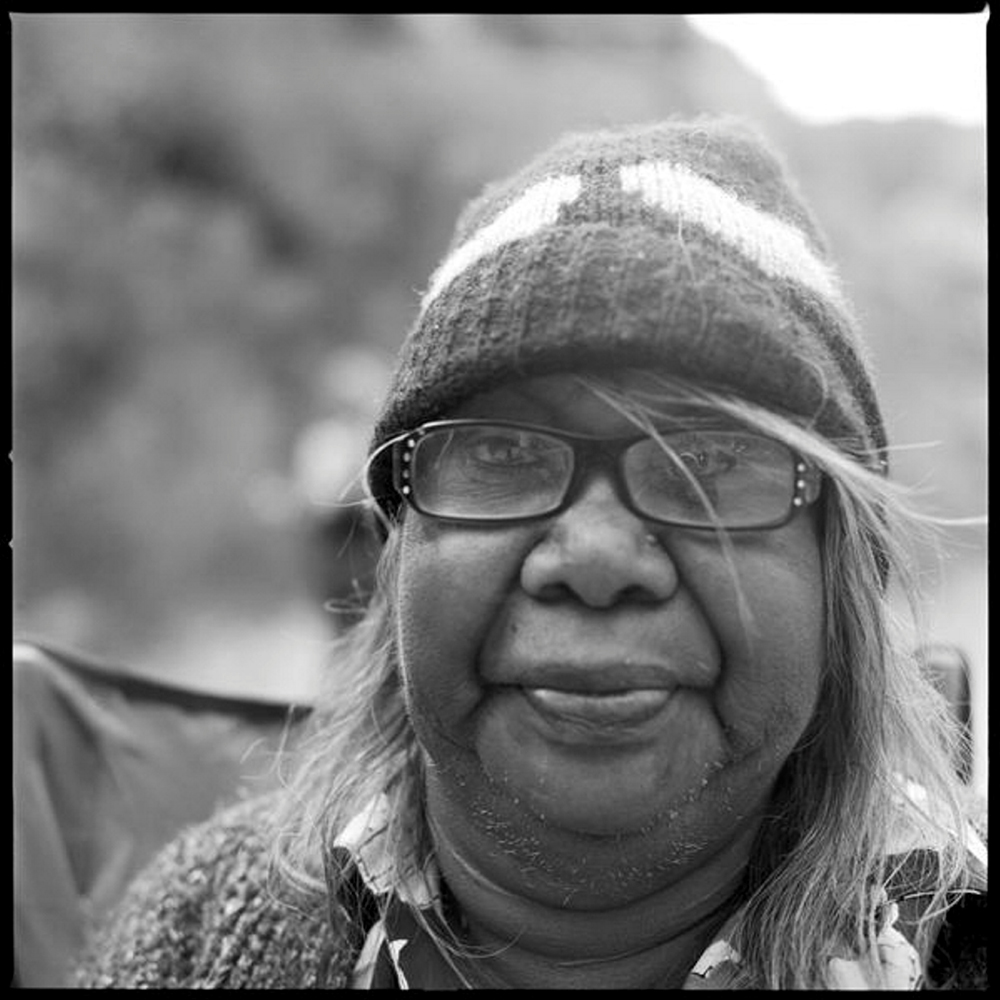
Gloria Pannka
Born 1949, Ntaria (Hermannsburg). Lives and works Mparntwe (Alice Springs). Luritja/Aranda, Central Desert region
Gloria Pannka is a second- generation Hermannsburg School watercolour artist; her father, Claude Pannka, was one of the original artists. Gloria’s father taught her to paint with watercolours when she was a young girl, and she continues to paint in the style of watercolour landscape that typifies the Hermannsburg School tradition. Pannka uses fine detail and subtle tones to capture the West MacDonnell Ranges, where she currently lives and paints. Her work is featured in collections including the Museum & Art Gallery of the Northern Territory, Darwin, and the Parliament House Art Collection, Canberra.
Photograph: Tony Kearney
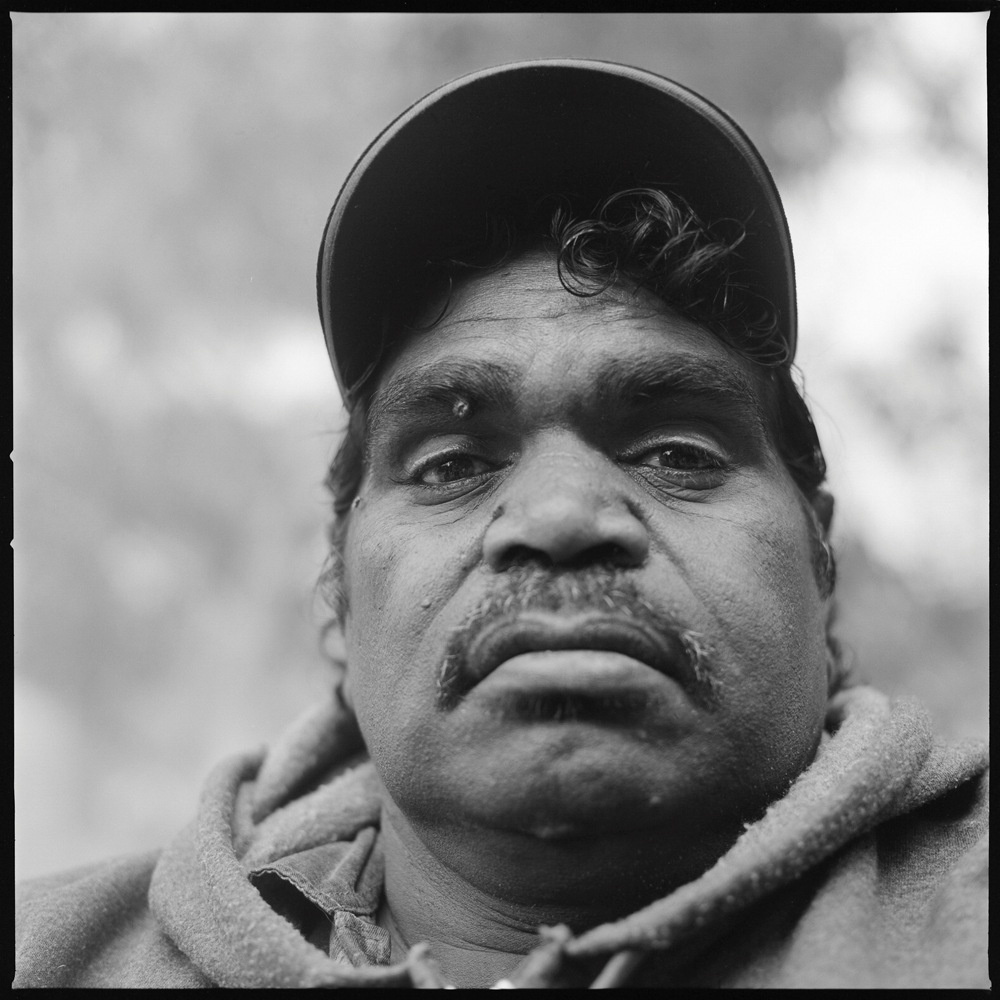
Reinhold Inkamala
Born 1974, Mparntwe (Alice Springs). Lives and works Mparntwe. Aranda, Central Desert region
Reinhold Inkamala’s mother and father were both from Ntaria (Hermannsburg). As a young man Inkamala was an ace AFL player, but an accident resulted in a brain injury that stopped him from playing. He is married to Cathy (Jennifer) Wirri; they have two daughters. Watercolour artist Kevin Wirri was his father-in-law. Inkamala loves to paint and draw his father’s Country. He paints beautiful landscapes with great technique and unusual and interesting uses of colour. His grandparents, the Pareroultjas, taught him to paint when he was a schoolchild using pencils. Artist Ivy Pareroultja is like a mother to Inkamala.
Photograph: Tony Kearney
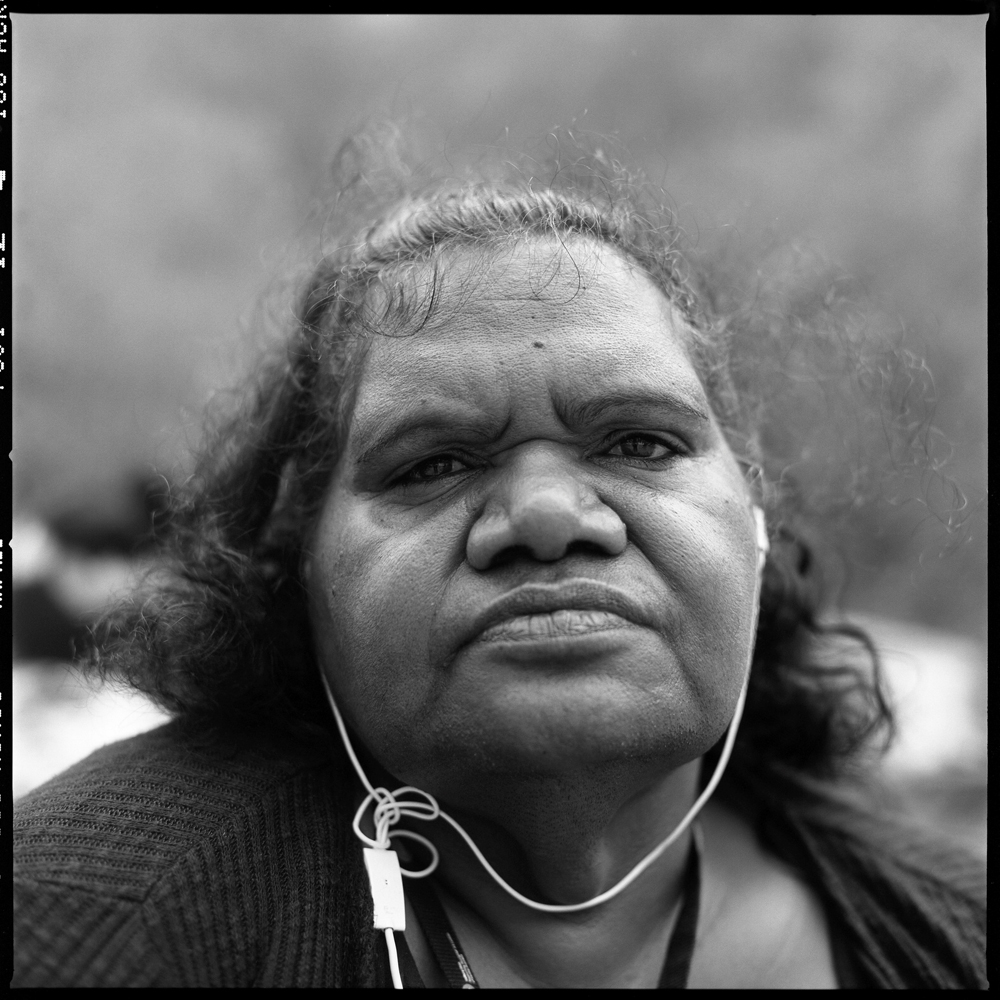
Vanessa Inkamala
Born 1968, Ntaria (Hermannsburg). Lives and works Mparntwe (Alice Springs). Western Aranda, Central Desert region
Vanessa Inkamala’s grandmother’s brother is Albert Namatjira and Inkamala is the niece of award-winning artist Ivy Pareroultja. Inkamala paints the landscape of her Ancestors, the Country she belongs to. In her late twenties she married Fabien, an Eastern Aranda man, and moved to Santa Teresa, some 80 km south-west of Mparntwe. There she adopted a new artistic style specific to Santa Teresa, in which she paints spiritual women. These spiritual women are guardians of the land and remain invisible most of the time. They look after a network of waterholes alongside the riverbed, protecting resources such as bush tucker and water.
Photograph: Tony Kearney
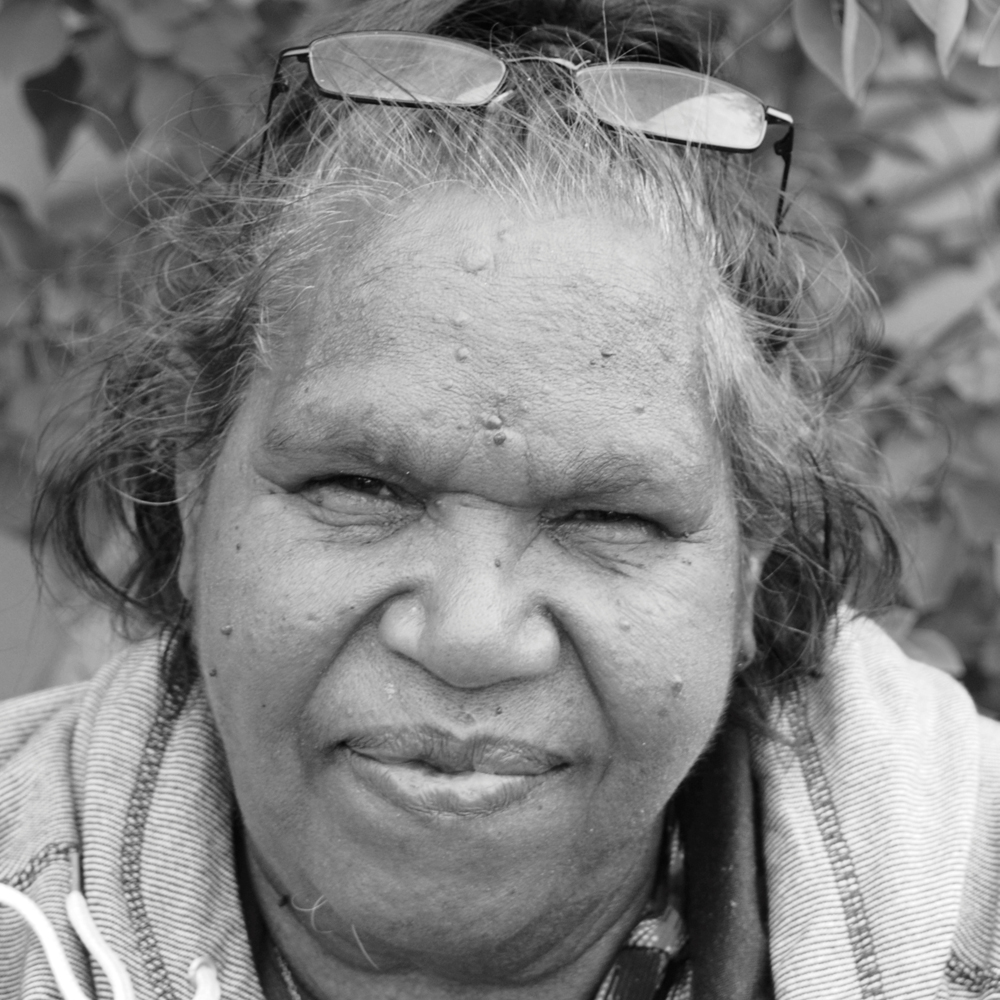
Clara Inkamala
Born 1954, Ntaria (Hermannsburg). Lives and works Mparntwe (Alice Springs). Western Aranda, Central Desert region
Clara Inkamala grew up at Ntaria community. She is an acclaimed potter with Hermannsburg Potters, and is currently painting at Iltja Ntjarra Many Hands Art Centre, where she is learning to paint watercolour landscapes inspired by Albert Namatjira. Inkamala tells of her family: ‘Our uncle is Adolf Inkamala. Our dad was Gerhard Inkamala. Vanessa’s father was Edmund Inkamala. Our young uncle was Russell Inkamala. Sophia’s father was Clifford Inkamala. They all were watercolour artists from the same mum and dad. They all learnt how to paint from their uncle Albert. My grandmother was Albert Namatjira’s sister’.
Image courtesy Iltja Ntjarra Many Hands Art Centre
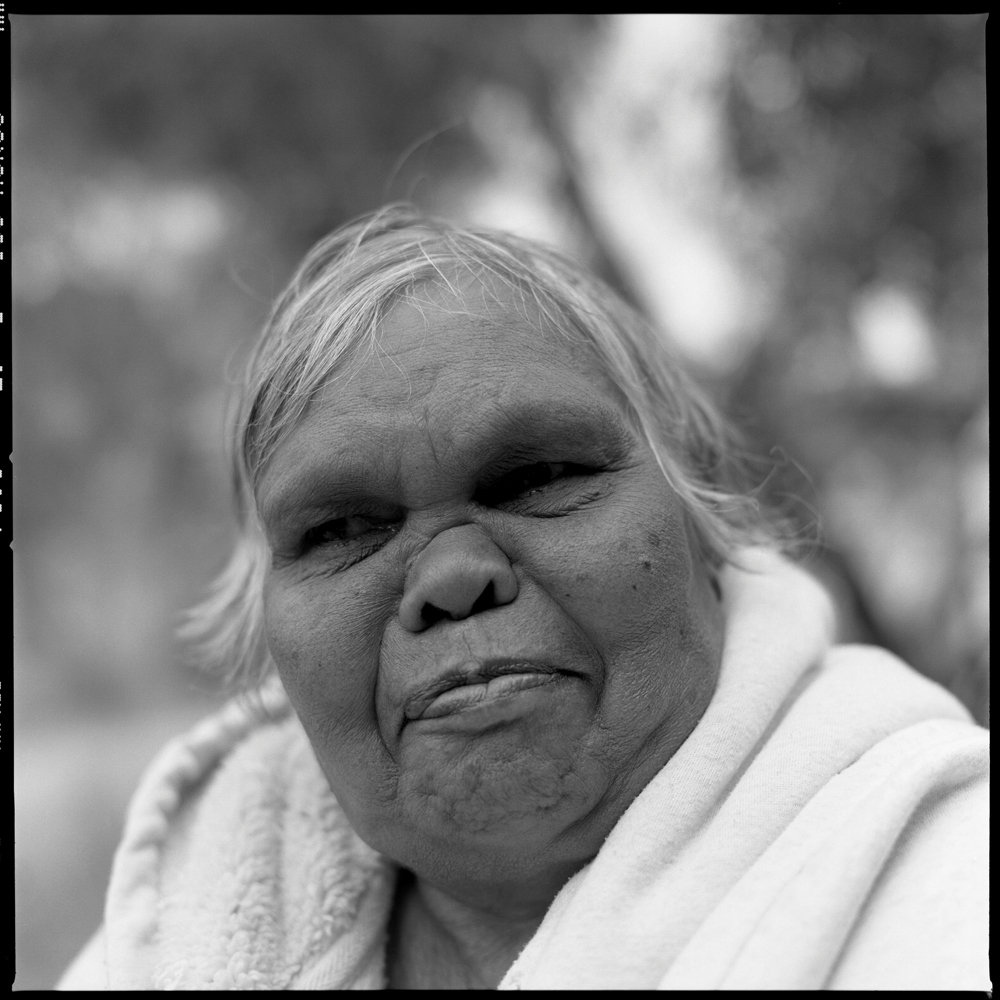
Noreen Hudson
Born 1947, Ntaria (Hermannsburg). Lives and works Mparntwe (Alice Springs). Western Aranda, Central Desert region
Noreen Hudson’s grandmother was Albert Namatjira’s sister, her father was artist Gerhard Inkamala and her brother was Lindberg Inkamala. Her family used to paint with Albert Namatjira. During school holidays, Hudson and her family would travel to the little town of Mparntwe and play with their cousins Lenie Namatjira, Gloria Pannka and other Namatjira family members. The children used to watch the adults paint. Hudson is a senior potter with the Hermannsburg Potters; her work is featured in the National Gallery of Victoria, Melbourne. She is an emerging watercolour artist, and paints alongside her sisters Clara Inkamala and Kathleen France.
Photograph: Tony Kearney
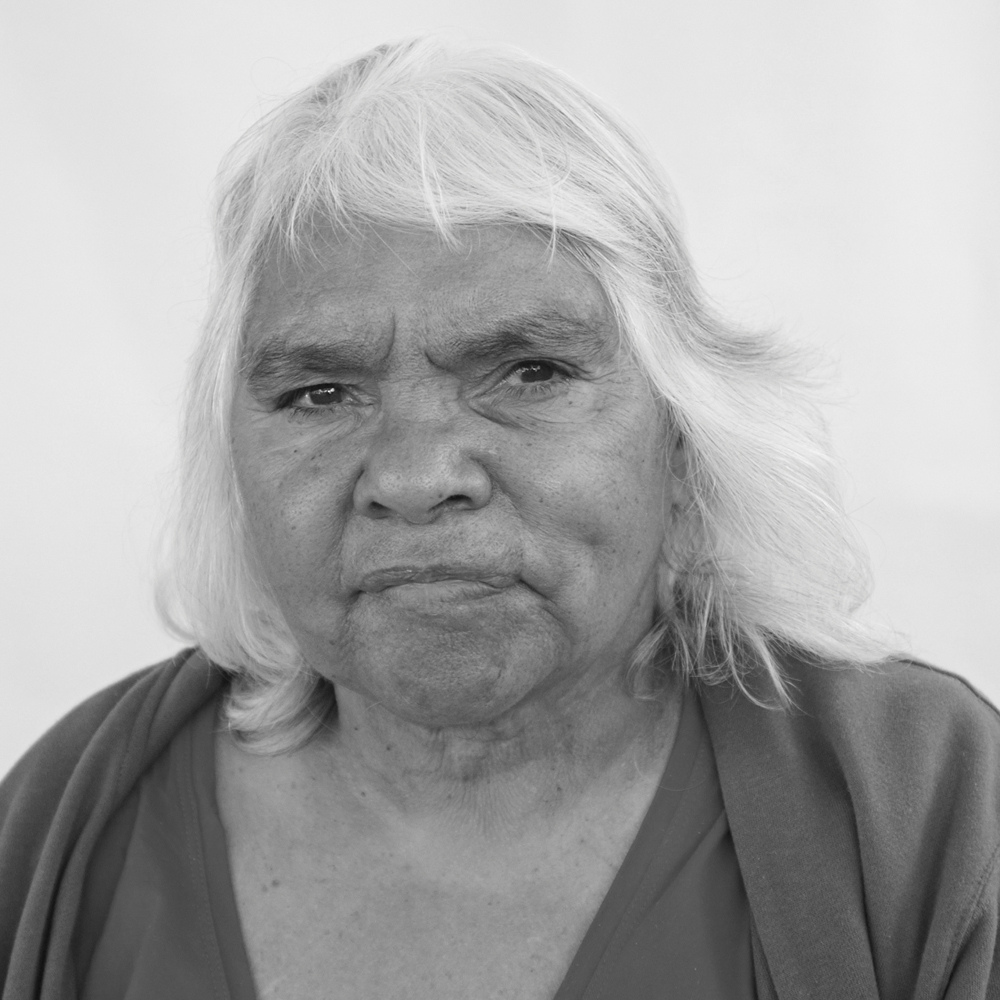
Selma Nunay Coulthard
Born 1954, Mparntwe (Alice Springs). Lives and works Mparntwe. Luritja/Aranda, Central Desert region
Selma Nunay Coulthard grew up in Ntaria (Hermannsburg), where she went to school with fellow artist Ivy Pareroultja. Coulthard is an accomplished acrylic artist and started painting in watercolour in 2010. She explains: ‘I am a Pertama Maduthara Luritja tribe from Urrampinyi (Tempe Downs Station), south-west of Mparntwe. I grew up there, until the government started to remove half-caste kids from their families. I was taken to Ntaria. It is here that my love for art started, when I saw the Namatjira brothers doing their painting. I have always wanted to be an artist, and I just hope that my work will be recognised’.
Image courtesy Iltja Ntjarra Many Hands Art Centre
Artist text
by Coby Edgar
It’s hot, there is a dust storm fogging up the view of the mountain ranges. Isobel Parker Philip and I walk into an art centre in the middle of Mparntwe (Alice Springs) with James Farley, a lumen-print photographer. Pinned on the wall is the question ‘What if Albert Namatjira took this photo?’ next to a print-out of an old black-and-white photograph, with bush medicine books piled on top of exhibition catalogues. (1) It’s 9am. Art centre worker Marisa Maher will be leaving soon to do the rounds and pick up any artists who wish to come in to paint for the day. Those who come are reacquainted with the camera-less lumen-print technique as a way to cite and expand upon Albert Namatjira’s likely relationship to the photographic medium. (2)
The photo pinned up near the art centre’s door is from a collection originally credited to artist Rex Battarbee, who travelled to Ntaria (Hermannsburg) to paint with Albert. If Rex appears in some of these images – and he does – who, we must ask, really took them? These artists are in dialogue with this speculative history. They add their voice. For this workshop, prints were made on absorbent paper so these artists could combine the photographic process with their watercolour practices.
Those participating come from Mparntwe and Ntaria. The lands that Albert painted, the lands these artists walked as children, have changed dramatically over the years. From Jessie Gap in the east to Ntaria in the west, you can follow the MacDonnell Ranges and find medicines and foods, but as senior artist and cultural advisor Mervyn Rubuntja explained, there’s not much left out there. Not like it used to be in the old days. The waterholes have dried up; the African buffel grass has taken over.
Mervyn took us out and introduced us to his Country around Jessie Gap. I watched him walk away with James down the creek bed while Isobel and I stayed with Selma Nunay Coulthard under the fig tree. She told us all about her life, taught us about some of the women’s plants. Ones with antiseptic qualities that breastfeeding women used to stop their nipples from hurting. We took some of these plants back to the centre to use in the prints.
The plants used to make the prints were mostly bush medicines. Each artist masterfully arranged their compositions, placing the plants directly onto the paper so they would leave a silhouette once they were exposed and processed. Introduced species quickly made their way into the compositions. A rose petal that had fallen from the small bouquet on the table was the first. The profoundness of that simple gesture; acceptance of the introduced plant. It’s here so it should go in the print, obviously. Selma even brought in materials, deliberately taking a plant she didn’t recognise, telling a passer-by who heckled her, ‘it’s for a special project! I’m not taking it for nothing!’
When Mervyn took us to Jessie Gap he showed us the dried creek bed and the buffel grass. He told the story of place. Just before we left he grabbed my hand and placed two seeds into my palm. Native plum. A gift; a plant from this Country that tethers me to place in the same way the photographs with the ghostly imprints of leaves will forever be tethered to the land from which they came.
Notes
(1) Artists from Iltja Ntjarra Many Hands Art Centre were commissioned to create new works in 2018 for the exhibition The Art of Healing: Australian Indigenous Bush Medicine held at the Medical History Museum, University of Melbourne. The artists describe diverse bush medicines in the exhibition catalogue.
(2) This technique was originally introduced to the artists at Iltja Ntjarra Many Hands Art Centre during a workshop held by Tony Kearney in affiliation with TARNANTHI Festival of Contemporary Aboriginal and Torres Strait Islander Art, 2017.
Many Hands
6min
The Many Hands artists discuss their artmaking processes and its relationship to country.
